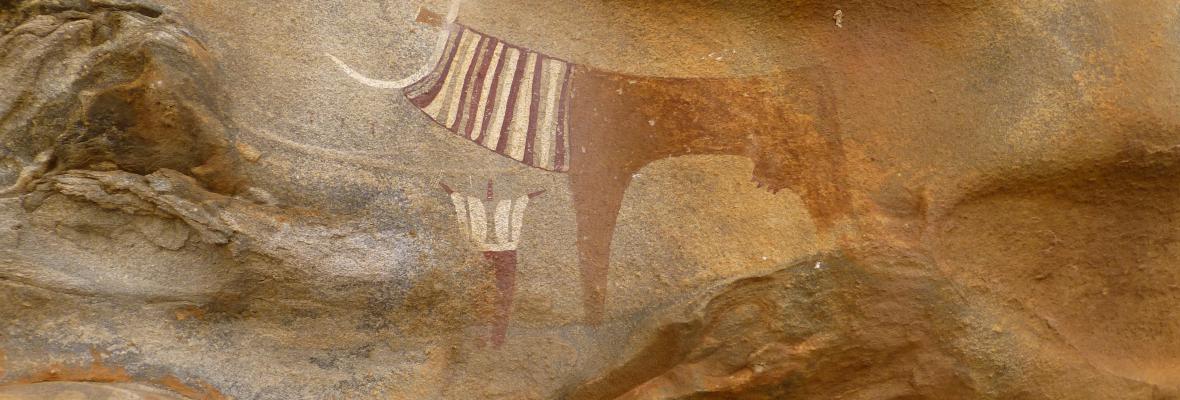You are here
Hides & Skins
Hides and skins are an end product of animal production. As an end product – although more correctly they are a by-product – they are an important and valuable resource. In the developing world they are almost never exploited to anything like their full potential. Hides and skins are often thought of as intrinsically unclean and end up being discarded or wasted because of ignorance or misinformation. Others are processed improperly which greatly reduces their potential value.
Hides and skins are a renewable resource of national and international significance. They provide scope for exploitation on a sustainable long-term basis. More particularly, production and marketing of hides and skins provide opportunities to support and sustain livelihoods especially in rural areas. As a resource, hides and skins are the raw materials for various types of businesses – such as collecting, processing and distributing – which provide many service jobs in countries where livestock are produced.
Greater understanding and appreciation of other people’s contribution to the business of hide and skin production – for example under the auspices of trade associations – could help to resolve contentious issues and promote economic cooperation.










